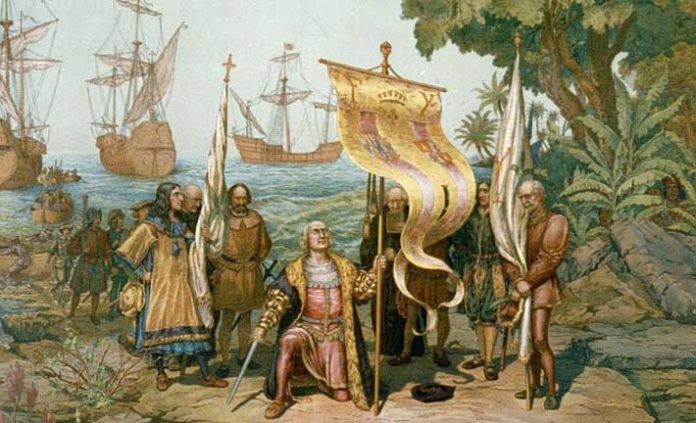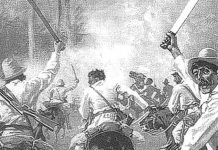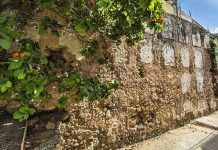
Contents
The Spanish Colony and its Beginnings
The Spanish Colony begins with the conquest of the island by Spain, which takes place two decades after the first voyage of Columbus to the largest of the Antilles. All this was part of the occupation process that radiated to various lands in the Caribbean and it was Diego Velázquez, one of the richest settlers of Hispaniola, who was ordered to subjugate Cuban territory, which began in 1510 with an extended operation of recognition and conquest, plagued by bloody incidents. Alerted about the atrocities committed by the Spaniards in the neighboring islands, the aborigines of eastern Cuba resisted the Spanish invasion, led by Hatuey, a fugitive cacique from Hispaniola, who was finally captured and burned alive as a warning.
The First Towns Founded by the Spanish Colony
The Spanish colony begins its expansion in the island from the foundations of the different villas. The first of these was that of Our Lady of the Assumption of Baracoa in 1512, and then they undertook the establishment of seven villages in order to control the conquered territory – San Salvador de Bayamo (1513), the Holy Trinity (Trinidad), Sancti Spíritus and San Cristobal de La Havana (1514), Santa Maria del Puerto Principe (Camagüey) (1515) – to conclude with Santiago de Cuba (1515), designated seat of government. From these settlements the conquistadors began the exploitation of the island resources.
Particularities on the Spanish Colony
In the beginnings of the Spanish Colony, economic activity was based on the work of the Indians, delivered to the colonists by the Crown through the system of personal concession, revocable and non-transferable, by which the colonist was committed to dress, feed and Christianize the Aboriginal in exchange for the right to have him/ her work on his behalf. The dominant economic line in these early years was mining, specifically the extraction of gold, an activity in which the Indians were employed as well as some black slaves who were integrated very early to the ethnic conglomerate that centuries later would constitute the Cuban people. The rapid depletion of gold laundries and the drastic reduction of population – including the Spaniards, enlisted in large numbers on successive expeditions to conquer the continent – made cattle the main source of wealth in Cuba. With the lack of gold, the salted meat and leathers would be the almost exclusive commodities with which the few settlers of the island could be incorporated into the commercial circuits of the nascent Spanish empire. Conceived under rigid mercantilist principles, the imperial trade would develop like a closed monopoly that managed the House of Hiring of Seville, which soon awoke the jealous appetites of other European nations.







